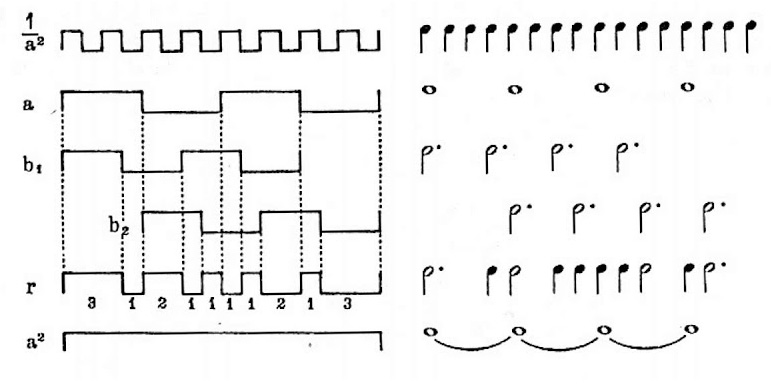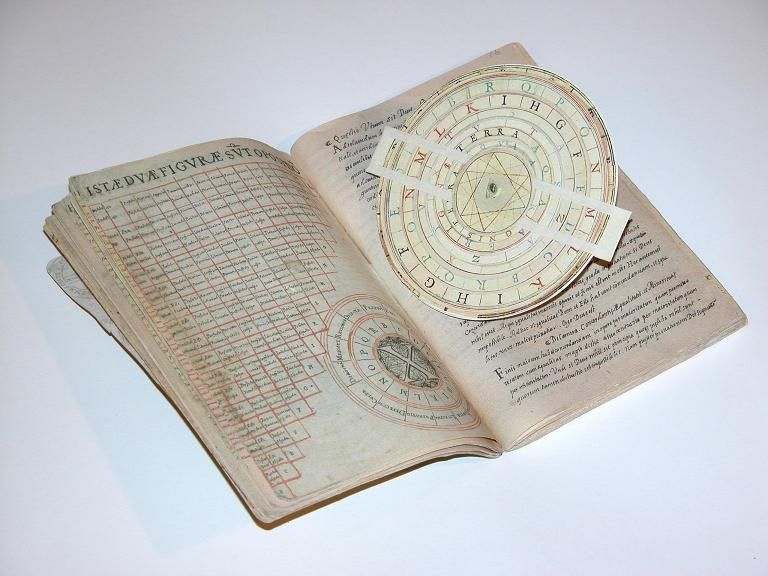
«Translation — Theory and Technology» (deadline: Oct 5, 2024),
guest editors Andrea Breard and Marco Tamborini.
A mechanical device delivers faithful translations of rotary motion into the horizontal back and forth of a beam — and vice versa. Ludwig Wittgenstein analogized translation to the ways in which a musical performance can be mapped onto the grooves of a gramophone record as well as a score — no interpretation involved. And if only the data set is big enough, new computer applications for translating between natural languages require nothing but the discovery of correlations in the occurrence of words in phrases — again, no interpretation involved. To be sure, there are other conceptions which highlight gains and losses, proximity and distance, inventiveness and transformation in the process of translation. If one thinks of translation as a kind of transport from the one bank of a river to the other side, this would be akin to the work of engineers who transport knowledge of functional regularities in biological systems into the sphere of human devices. And if one thinks of the techniques and collaborative arrangements for rendering old meanings in new settings, one will appreciate how new works and new ideas are created.
Considered for its linguistic as well as technical dimensions, the art of translation will be of interest not only to philosophers, linguists, and literary scholars, but also to cultural studies, biomimetics, mathematics and engineering.




